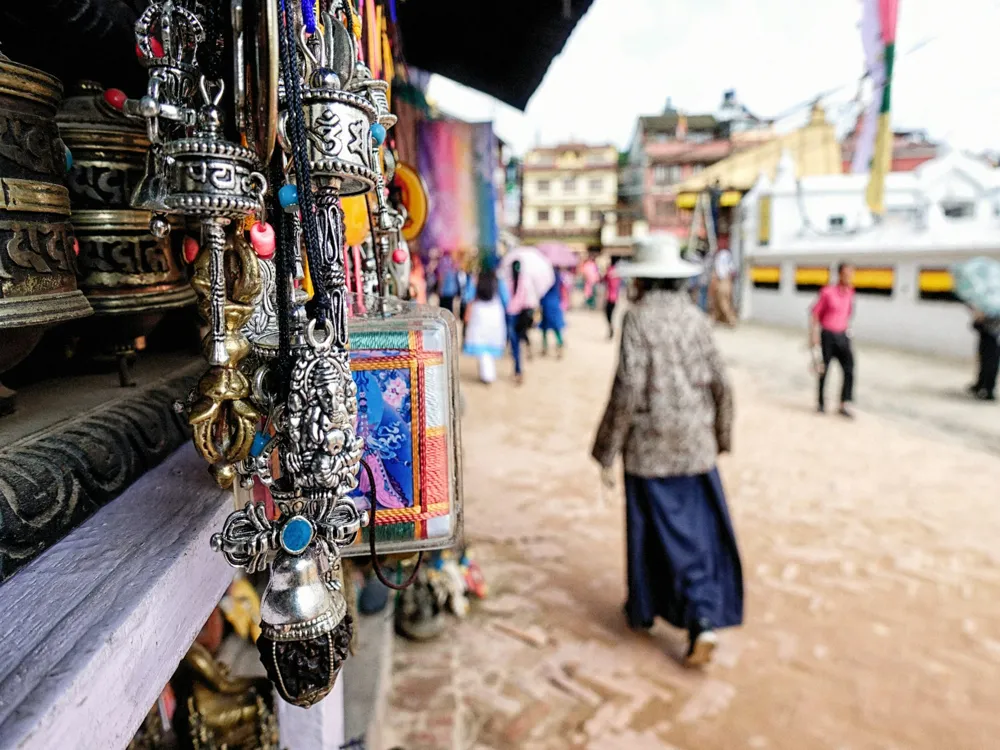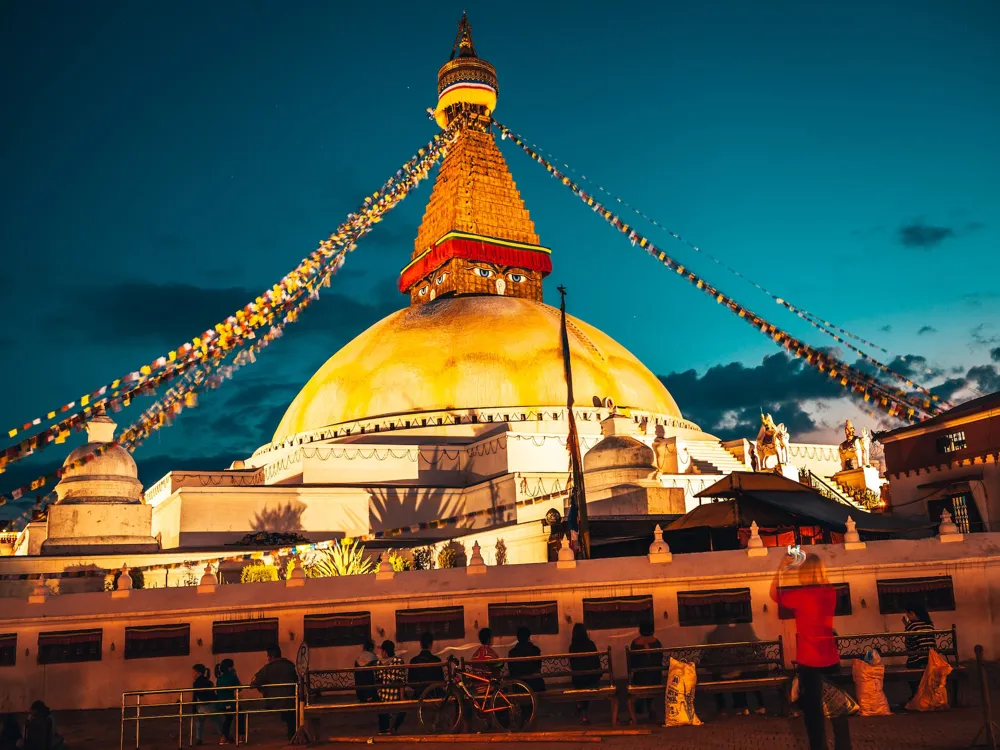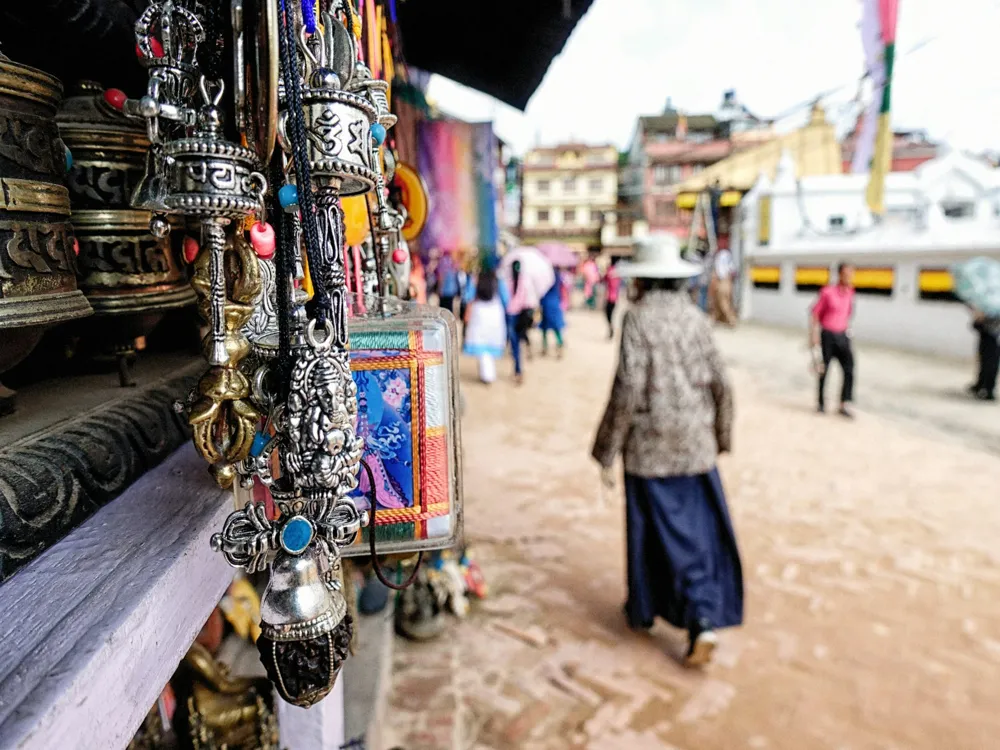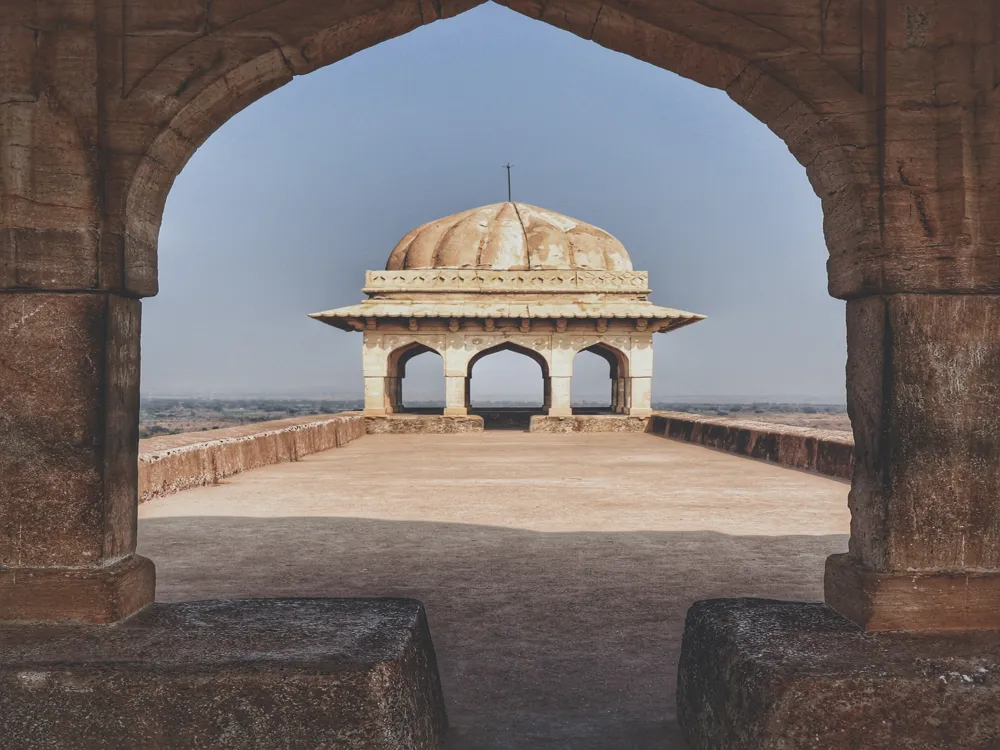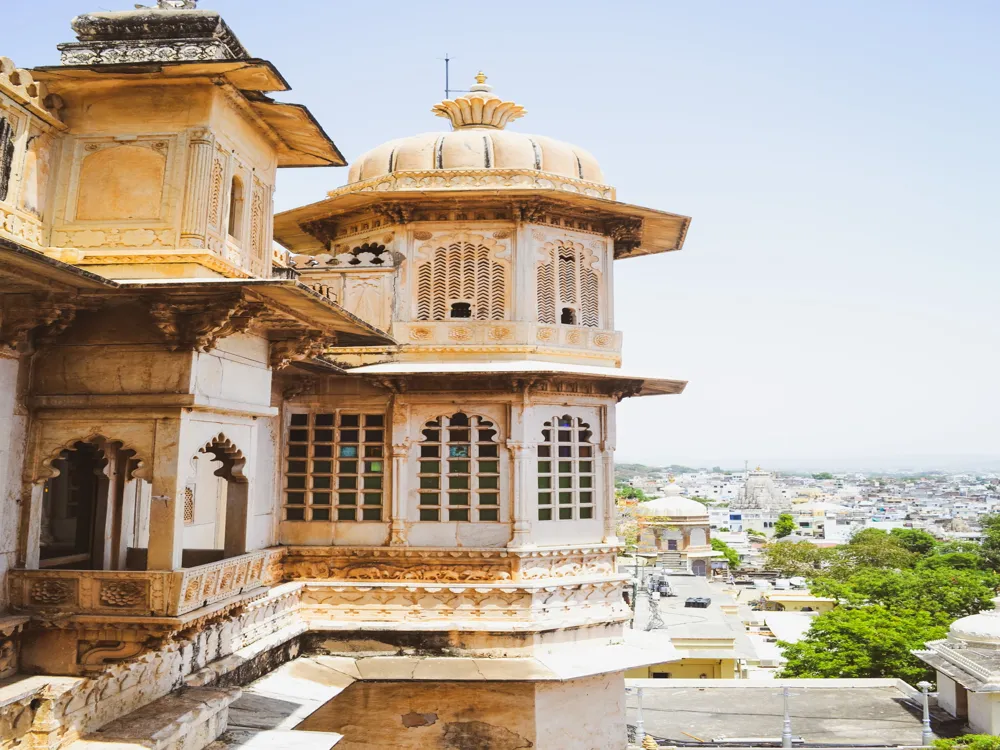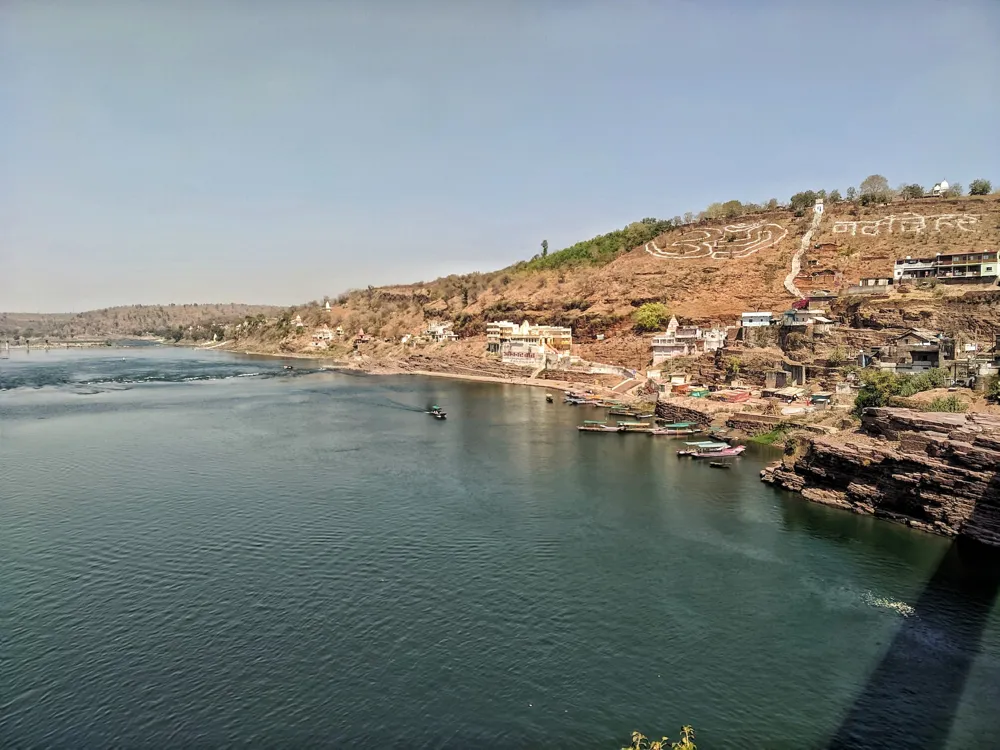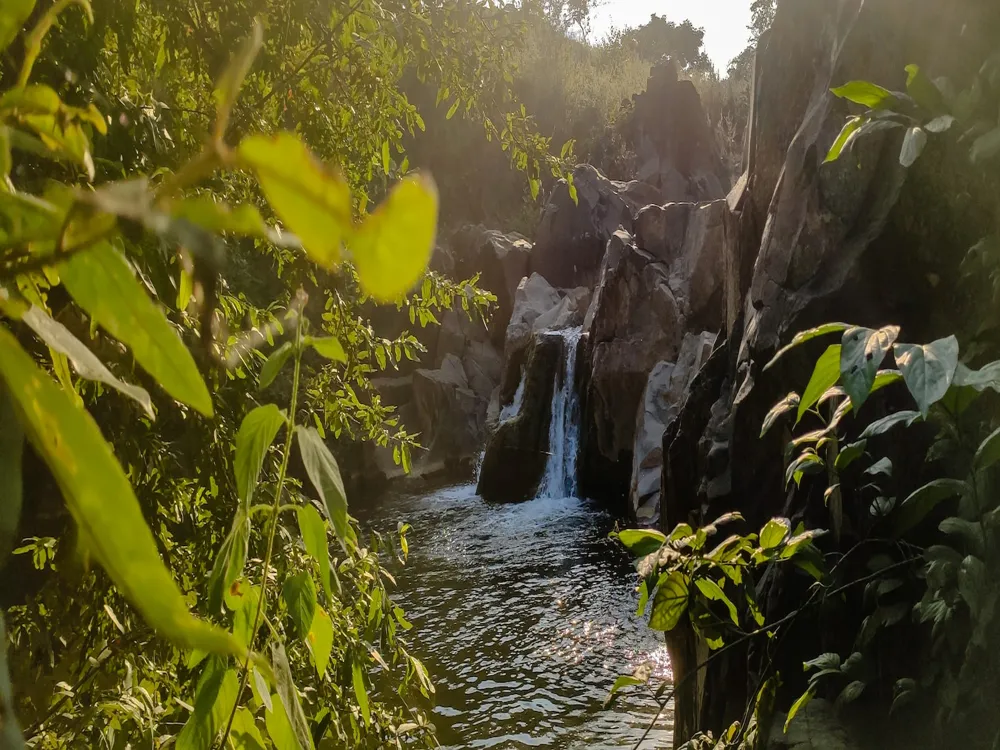Langtang National Park, a jewel nestled in the heart of the Himalayas near Kathmandu, Nepal, is a magnificent destination for nature lovers and adventure seekers alike. Established in 1976, it spans over an area of 1,710 square kilometers and is renowned for its rich biodiversity and breathtaking landscapes. This park, which borders Tibet, offers a diverse range of flora and fauna, alongside a blend of natural beauty and cultural richness. The park's elevation ranges dramatically from 1,500 meters to over 7,000 meters, creating a variety of habitats. The lower regions are covered in lush forests of rhododendron, oak, and maple, while the higher altitudes are marked by alpine grasslands, ice flows, and snow-capped peaks. Langtang National Park is home to numerous wildlife species, including the rare red panda, Himalayan tahr, and musk deer. Bird enthusiasts can also spot a variety of species like the Himalayan monal, snow partridge, and different types of pheasants. The park is also steeped in cultural heritage, with the Tamang and Sherpa communities residing in its vicinity. These indigenous people are known for their rich culture, traditional architecture, and unique customs, which add to the park's allure. Visitors can witness their lifestyle closely and enjoy their warm hospitality. The famous Langtang trek, which takes trekkers through beautiful valleys, serene lakes like Gosaikunda, and offers views of Langtang Lirung, Ganesh Himal, and other Himalayan peaks, is a major attraction. Moreover, Langtang National Park plays a vital role in environmental conservation. It's a part of the Sacred Himalayan Landscape and works in collaboration with local communities and international organizations to preserve the unique biodiversity and promote sustainable tourism practices. This commitment to conservation ensures that the park remains a pristine and enchanting destination for future generations. The architecture of Langtang National Park is not just about physical structures, but also encompasses the natural and cultural landscape of the region. The park's architecture is a harmonious blend of nature's grandeur and the traditional designs of local ethnic communities like the Tamangs and Sherpas. This symbiotic relationship between nature and human settlements has created a unique architectural landscape that is both functional and aesthetically pleasing. Traditional houses in Langtang are mostly built using locally sourced materials like stone, wood, and bamboo, reflecting the inhabitants' deep understanding and respect for their natural surroundings. The homes are typically two-storied, with flat roofs that serve multiple purposes, including drying crops and hosting gatherings. Intricately carved wooden windows and brightly colored doorframes add to the charm of these buildings. In addition to residential architecture, the park features several ancient monasteries and gompas that represent the spiritual and cultural ethos of the local communities. The Kyanjin Gompa, situated at an altitude of 3,870 meters, is a prime example. This Buddhist monastery is an architectural marvel, with elaborate decorations, prayer wheels, and colorful prayer flags that flutter in the wind, creating a serene and mystical ambiance. The trekking routes within Langtang National Park are also an integral part of its architectural identity. These paths are lined with mani walls (stone walls inscribed with Buddhist prayers), chortens (Buddhist shrines), and suspension bridges that exemplify traditional Himalayan engineering. The trails themselves are a testament to the local people's deep understanding of the landscape, as they meander through valleys, forests, and alpine meadows, offering breathtaking views and a sense of communion with nature. The best time to visit Langtang National Park is during the spring (March to May) and autumn (September to November) seasons. During these months, the weather is generally clear with moderate temperatures, offering excellent trekking conditions and stunning views of the Himalayas. Given the high altitudes in Langtang National Park, it's crucial to acclimatize properly. Visitors should ascend gradually and stay hydrated. Be aware of altitude sickness symptoms and take necessary precautions, including carrying appropriate medication. Langtang is not just a natural paradise but also a cultural hub. Respect local traditions, customs, and religious sites. Dress modestly, ask permission before taking photographs of people, and be mindful of your impact on the local community. While exploring the park, maintain a safe distance from wildlife and refrain from feeding them. Practice leave-no-trace principles to minimize your environmental impact, and avoid littering to help preserve the park's natural beauty. Langtang National Park is accessible from Kathmandu, the capital city of Nepal. The most common route to the park is a drive to Syabrubesi, which takes about 7-8 hours. From Syabrubesi, trekkers can embark on various trails leading into the heart of the park. Alternatively, visitors can opt for a helicopter ride from Kathmandu to Kyanjin Gompa, offering a quicker and more scenic journey. Public buses and private vehicles are available for the journey to Syabrubesi. It's recommended to check the local road conditions and weather forecasts before embarking on the trip, as mountain roads can be challenging, especially during the monsoon season. Read MoreOverview of Langtang National Park
Architecture of Langtang National Park
Tips When Visiting Langtang National Park
Best Time to Visit
Acclimatization and Altitude Sickness
Respect Local Culture
Wildlife and Environmental Conservation
How To Reach Langtang National Park
Langtang National Park
Kathmandu
₹ 11,658 onwards
View kathmandu Packages
Weather :
Tags : National Park
Entry Fee : Nepali Nationals: No entry fee
SAARC Nationals: NPR 1500
Foreign Nationals: NPR 3000
Note: For SAARC and Foreign Nationals, an additional 13% VAT is charged.
Children below ten years old are granted free entry, irrespective of their nationalities.
Planning a Trip? Ask Your Question
Kathmandu Travel Packages
View All Packages For Kathmandu
Top Hotel Collections for Kathmandu

Private Pool

Luxury Hotels

5-Star Hotels

Pet Friendly
Top Hotels Near Kathmandu
Other Top Ranking Places In Kathmandu
View All Places To Visit In kathmandu
View kathmandu Packages
Weather :
Tags : National Park
Entry Fee : Nepali Nationals: No entry fee
SAARC Nationals: NPR 1500
Foreign Nationals: NPR 3000
Note: For SAARC and Foreign Nationals, an additional 13% VAT is charged.
Children below ten years old are granted free entry, irrespective of their nationalities.
Planning a Trip? Ask Your Question
Kathmandu Travel Packages
View All Packages For Kathmandu
Top Hotel Collections for Kathmandu

Private Pool

Luxury Hotels

5-Star Hotels

Pet Friendly







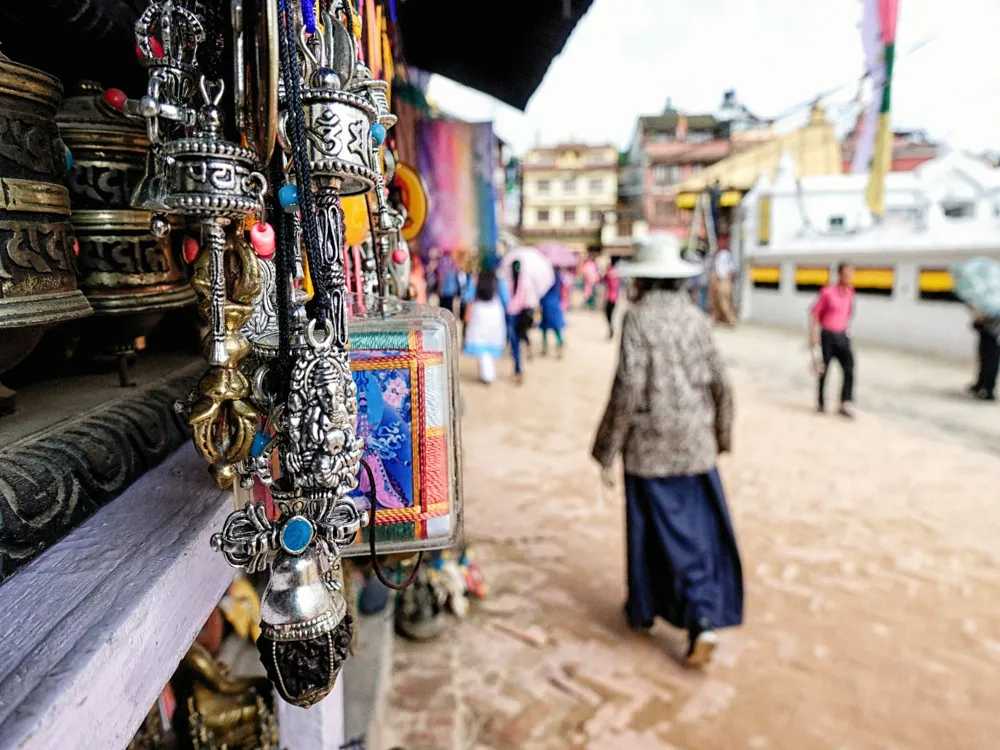
/asan-bazar-asan-tole-slider-1.webp)
